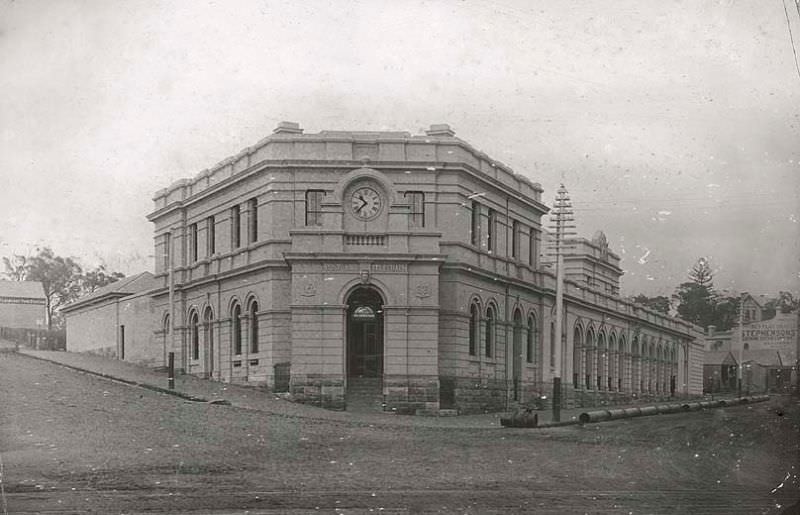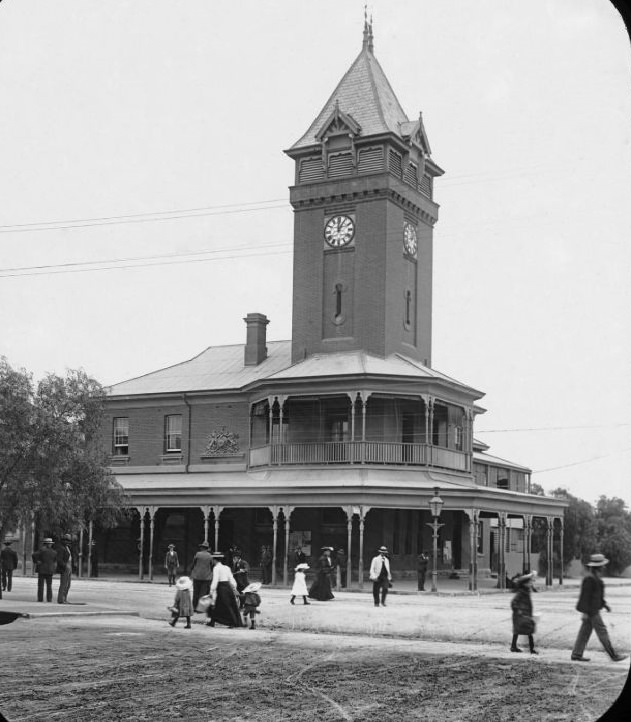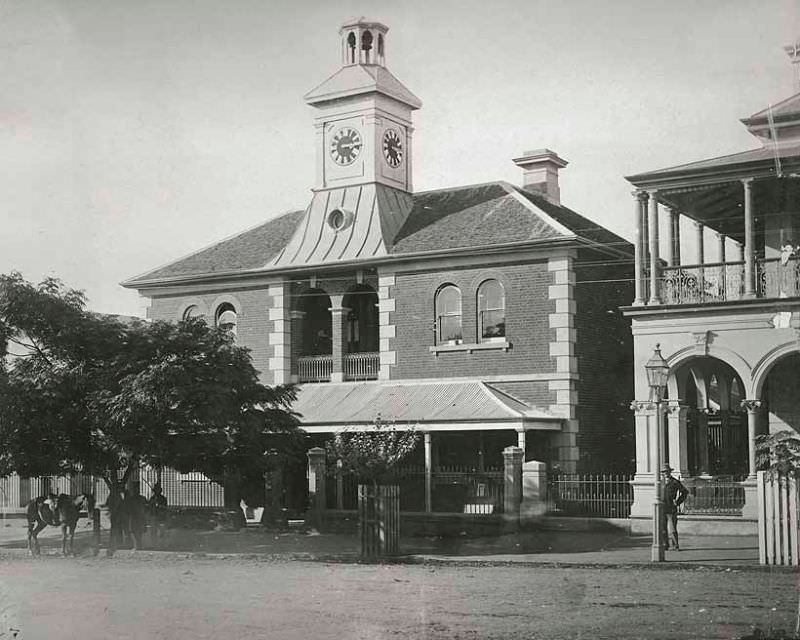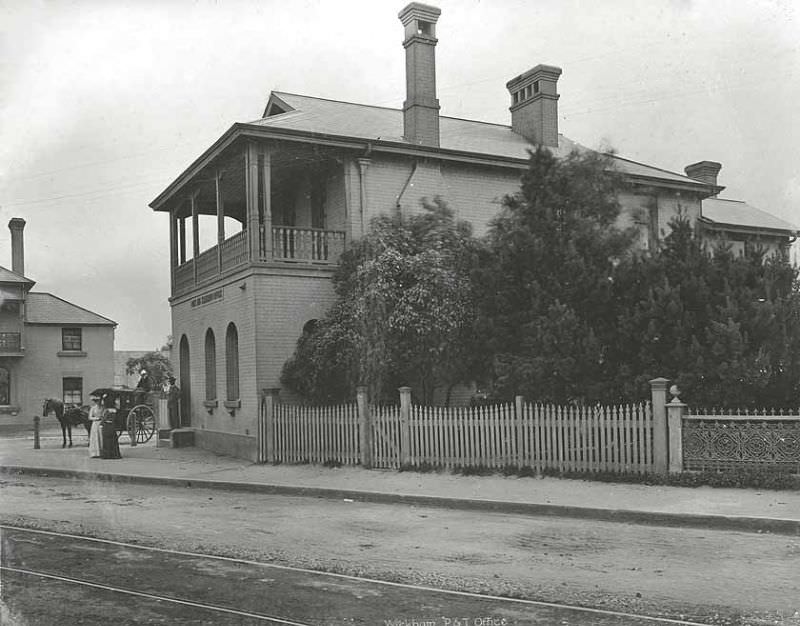The history of the Australia Post offices can be traced back to the mid-1700s when the first post office was established in Sydney. In the early years, post offices were usually run by private contractors responsible for mail distribution. In 1809, the first official postmaster was appointed, and the colony’s postal system was expanded to other parts of Australia.
Throughout the 19th century, the Australian postal system underwent significant growth and expansion, with new post offices established in rural and remote areas. In 1901, with the formation of the Commonwealth of Australia, the Australian Post Office became a government department and was responsible for the national postal service.
In the decades that followed, the Australia Post office continued to grow and expand, with new services and technologies being introduced to meet the changing needs of the public. For example, in the early 1900s, parcel post and money order services were introduced, and in the 1920s and 1930s, airmail services were established.
In the post-World War II era, Australia Post continued to evolve by introducing new technologies and services such as telegrams, telephones, and telex. In the 1960s, the first automated letter-sorting machines were introduced, and in the 1970s, the first automatic teller machines were rolled out.
In recent decades, Australia Post has continued to adapt to the changing landscape of communication and commerce with the introduction of digital services such as online postage and e-commerce. Today, Australia Post is a multi-billion-dollar company that provides a range of postal, retail, and financial services to customers across Australia.


































